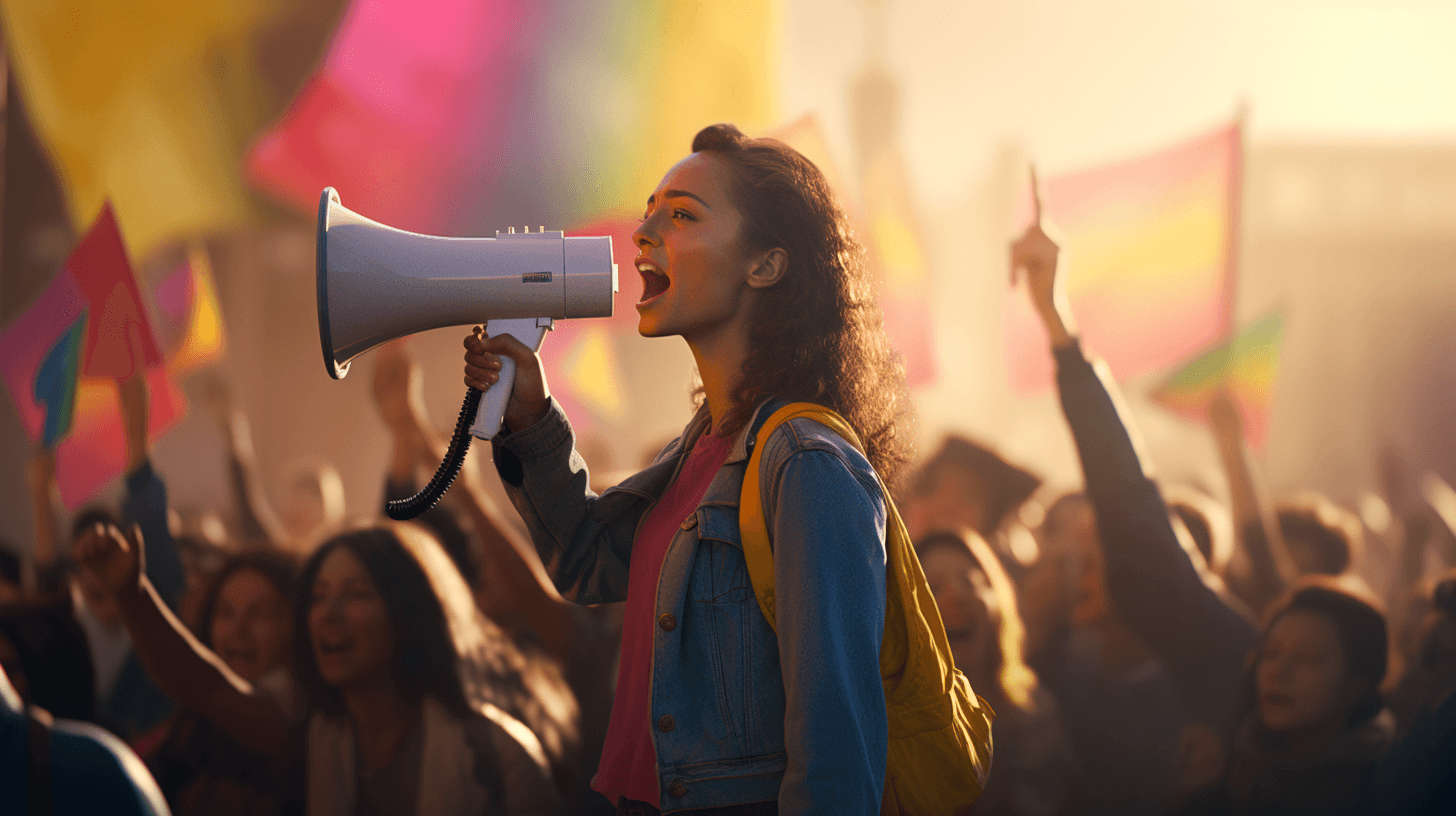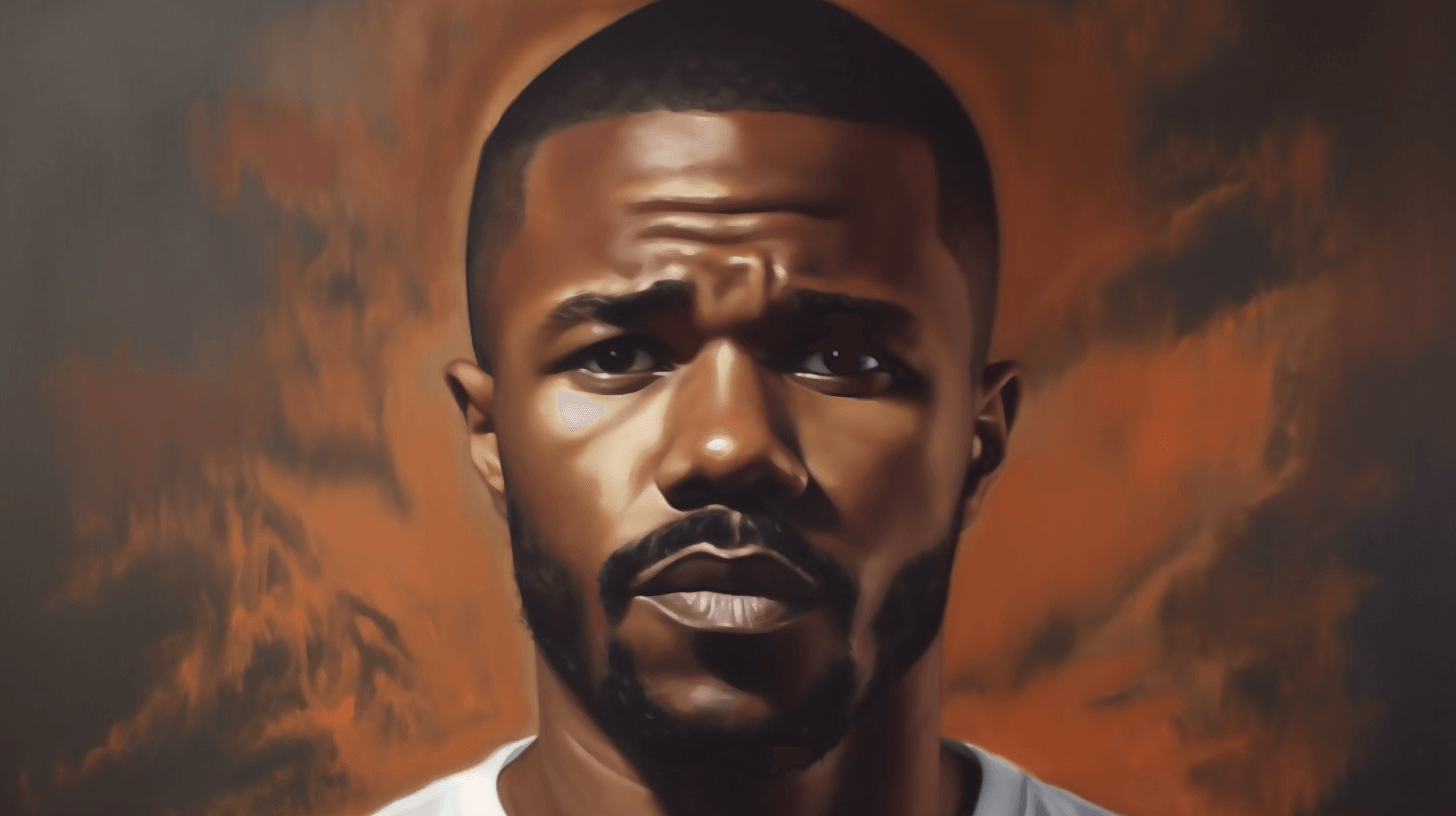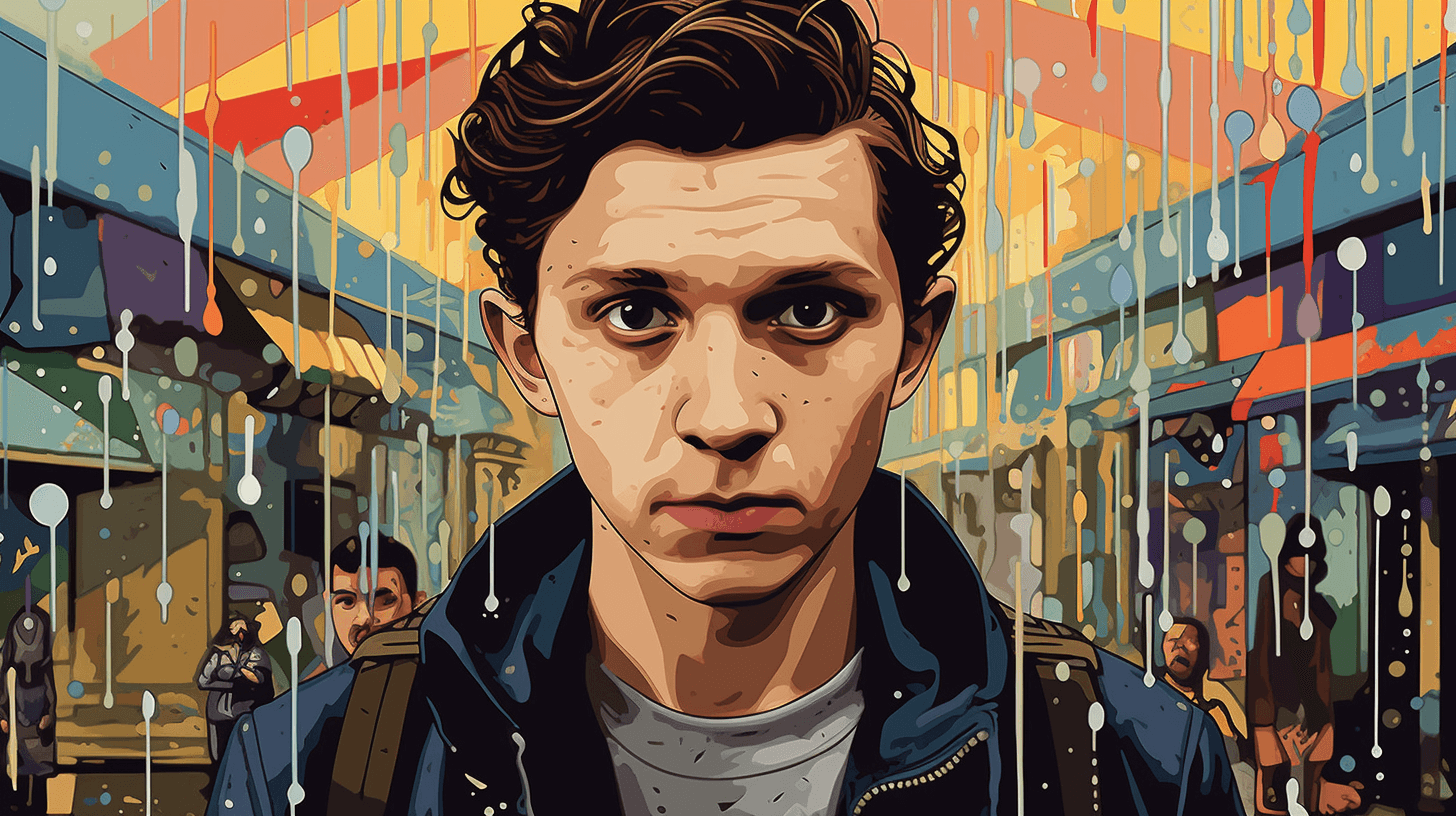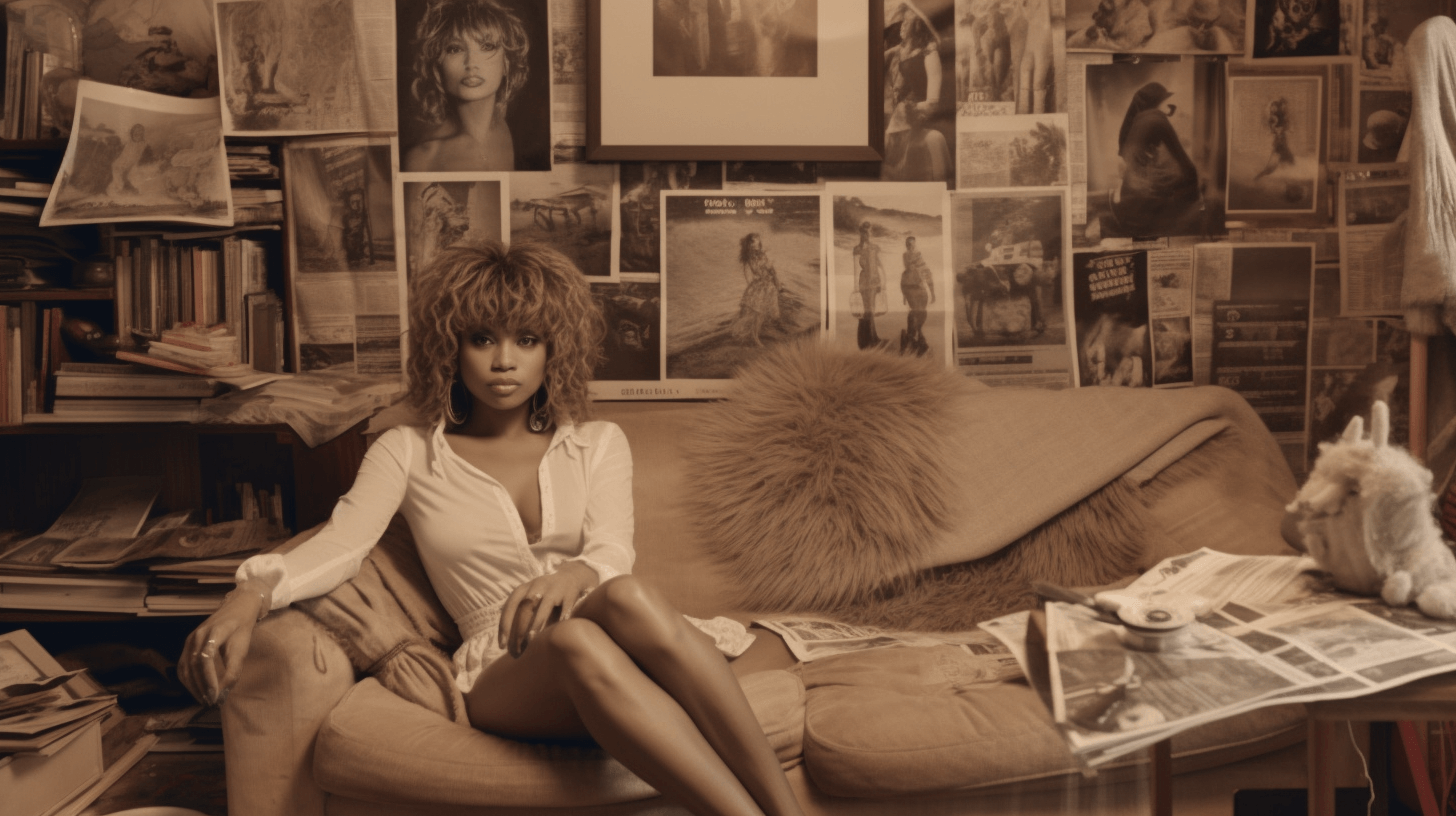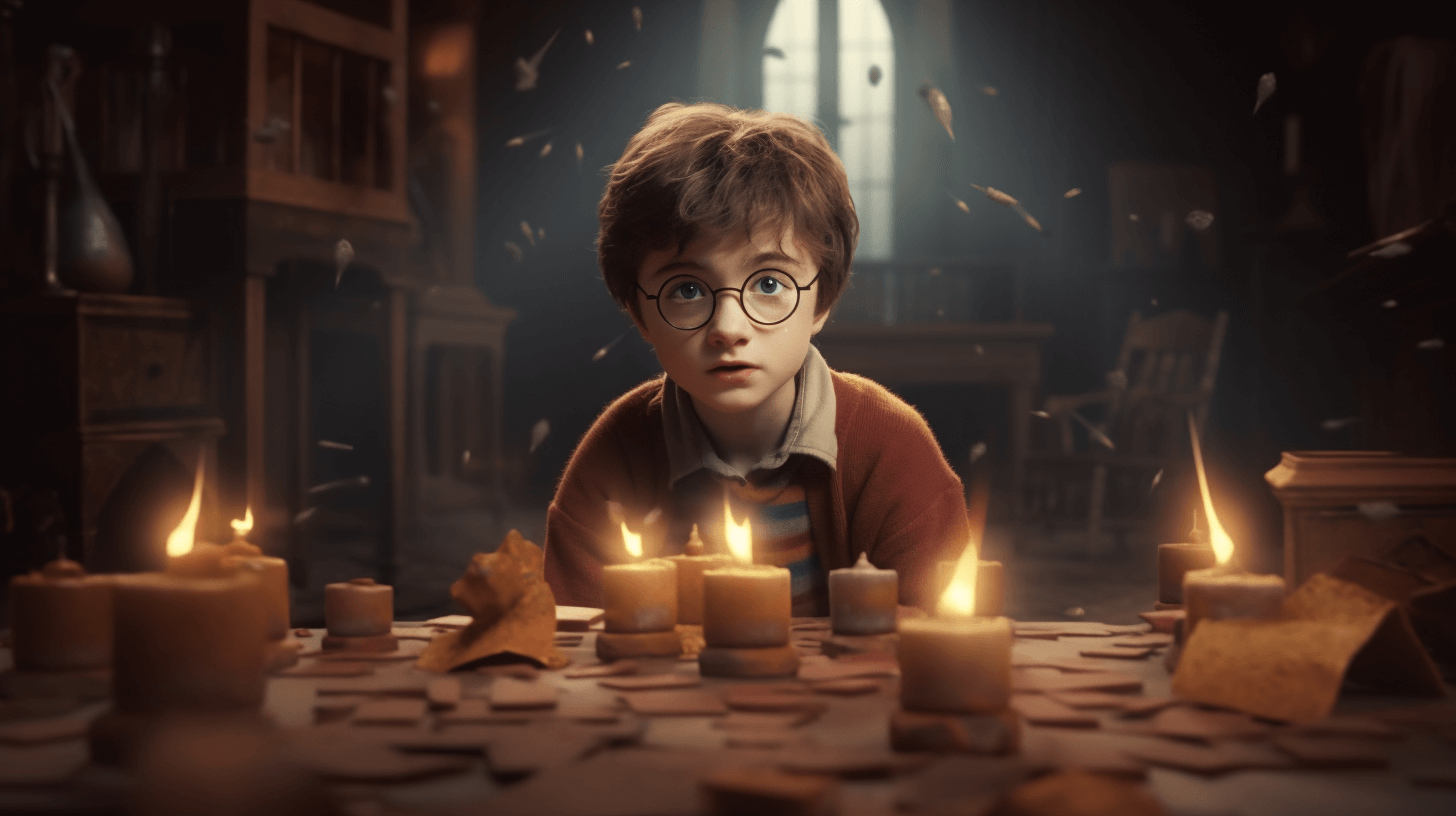🏞️🌈 Back foa a Trip Down Memory Lane: “Casa Susanna” Documentary Sheds Light on Cross-Dressing Community in da Catskills
⬇️ Pidgin | ⬇️ ⬇️ English
In da documentary “Casa Susanna,” filmmaker Sébastien Lifshitz takes us back to da 1950s and ’60s in da Catskills, where one extraordinary community of cross-dressing men and transgender women found solace and acceptance. Da Victorian boardinghouse where dey gathered was aptly named Casa Susanna, afta Susanna Valenti, one of da founders. Susanna, one translator and broadcaster, was married to Marie Tonell, da renowned New York wig maker. Together, dey ran Casa Susanna until da late 1960s, but it wasn’t until 2005, when snapshots from Casa Susanna were discovered in one flea market in New York, dat da world became aware of its existence. 🏰💄📸
Lifshitz, one French filmmaker known for his works on gender and identity, embarked on dis project to bring visibility to Casa Susanna, a story dat had long been hidden and suppressed. He interviewed two alumnae, Katherine Cummings and Diana Merry-Shapiro, who shared their personal journeys and challenges while revisiting their beloved Catskills stomping grounds. (If da name Casa Susanna sounds familiar, dat’s ’cause it was also portrayed in Harvey Fierstein’s 2014 play, “Casa Valentina.”) 💬🎥
I had da chance to speak with Lifshitz about da making of dis groundbreaking documentary, which will be aired on PBS as part of “American Experience.” Dis film comes at a time when issues of identity are gaining greater visibility and stirring up significant turmoil. Here are da highlights from our conversation. 🗣️📺
Q: How did you first learn about Casa Susanna?
A: Da first time I heard about it was when da book was published in 2005. I immediately bought it ’cause I’m an avid collector of photographs myself. Over da years, I’ve frequented flea markets and garage sales in France, hunting down snapshots and embracing da stories of invisible people. In 2015, I curated one major exhibition featuring da photographs I collected on cross-dressing. It was den dat I met Isabelle Bonnet, one historian of photography, who had written a memoir about Casa Susanna. We thought, why not turn dis into one film? Da story was so crucial in understanding pre-queer culture and dis underground network of cross-dressing. So here we are! 📚🎞️
Q: What made Casa Susanna so unique?
A: Da creation of dis refuge was truly extraordinary. Back in those days, if you had da desire to cross-dress, you had no support or understanding from da world around you. Dese deeply personal questions were impossible to discuss with anyone else. Most of da men in da Casa Susanna community were white individuals from da middle class, holding good jobs and having some money. Many were even married, and some had children. But what fascinated me was how dis community had its own set of rules. Homosexuals and transsexuals, for example, were not allowed. Dey only accepted those who identified as men and engaged in cross-dressing. It’s quite strange to think dat even in dis environment, dey reestablished conservative boundaries. Perhaps, it was rooted in fear. 🏠🌈
Q: How did Katherine and Diana feel about sharing their memories?
A: It meant da world to dem, honestly. Dey believed dis was an integral part of who dey are. For Diana, especially, it was da first time she openly revealed her true self. At 82 years old, she finally had da courage to tell everyone, “Dis is me. Dis is my life.” I believe her age played a significant role in her decision. She wanted to be true to herself and to da people still around her. She also wanted to honor all da pioneers she had met throughout her life. She should be proud ’cause she displayed incredible bravery. Another fascinating aspect of Diana’s journey is dat she underwent gender confirmation surgery when she was young, which essentially made her an invisible woman in American society. We were fortunate to find both Diana and Kate. Unfortunately, Kate passed away a few months after filming, which makes all dese invisible stories even more precious. 🎥💔
Q: Where did da vibrant Kodachrome photographs in da film come from?
A: We had da pictures from da book, of course, which are now housed in da Art Gallery of Ontario. But we also got some from Cindy Sherman’s collection. I knew Cindy had come across Casa Susanna pictures when she stumbled upon an album in a New York flea market. So, I reached out to her, and she was thrilled to contribute. Cindy’s artistic work revolves around Americana and da representation stereotypes in America. She found it captivating how da individuals in da Casa Susanna photos portrayed themselves, as she stages herself in her own work. Da men at Casa Susanna had their unique way of presenting femininity, and dey adhered to a code of dressing dat didn’t mirror pinups or Hollywood queens. Most of dem simply wanted to emulate da women in their lives—mothers, sisters, and wives. Like da everyday woman next door, but with a touch of elegance. 📸🎞️🌟
Another source of photographs was Betsy’s father, Donald Wollheim. He was both a science-fiction writer and publisher, but few people knew his secret story. Betsy was finally able to share her father’s tale with da world through dis documentary. I found it intriguing to explore how a traditional American family coped with having a cross-dressing father, who may have also been transgender. Gregory’s presence in da film also allowed us to see how he understood his grandma, Marie, and Susanna. 📸🎞️
Q: How do you view dis piece of American history in light of da new anti-trans laws in da country?
A: I’m appalled dat we still hear such hateful words directed toward da transgender community. Dese attitudes and words belong to an era dat should’ve been left behind. We used to believe dat da civil rights won were eternal, but dat’s far from da truth. We must act as guardians of these rights. Films, books, exhibitions, and all forms of art serve as powerful tools for educating and helping people understand dat identity is diverse. Dis diversity is not only important; it’s our wealth, our treasure, our “richesse,” as we say in French. And treasures like dese need protection. Embrace what makes you who you are! 💪🌈
As we dive into da enchanting world of Casa Susanna through Lifshitz’s lens, we must recognize da importance of preserving and honoring dis slice of American history. It serves as a reminder of da struggles faced by those who dared to be different, while inspiring us to embrace diversity in all its forms. So mark your calendars for dis poignant documentary, as it takes you on a journey filled with courage, resilience, and da unyielding spirit of Casa Susanna. 🌈🏞️🎥
NOW IN ENGLISH
Back for a Trip Down Memory Lane: “Casa Susanna” Documentary Sheds Light on Cross-Dressing Community in the Catskills 🏞️🌈
In the documentary “Casa Susanna,” filmmaker Sébastien Lifshitz takes us back to the 1950s and ’60s in the Catskills, where one extraordinary community of cross-dressing men and transgender women found solace and acceptance. The Victorian boardinghouse where they gathered was aptly named Casa Susanna, after Susanna Valenti, one of the founders. Susanna, a translator and broadcaster, was married to Marie Tonell, the renowned New York wig maker. Together, they ran Casa Susanna until the late 1960s, but it wasn’t until 2005, when snapshots from Casa Susanna were discovered in a flea market in New York, that the world became aware of its existence. 🏰💄📸
Lifshitz, a French filmmaker known for his works on gender and identity, embarked on this project to bring visibility to Casa Susanna, a story that had long been hidden and suppressed. He interviewed two alumnae, Katherine Cummings and Diana Merry-Shapiro, who shared their personal journeys and challenges while revisiting their beloved Catskills stomping grounds. (If the name Casa Susanna sounds familiar, that’s because it was also portrayed in Harvey Fierstein’s 2014 play, “Casa Valentina.”) 💬🎥
I had the chance to speak with Lifshitz about the making of this groundbreaking documentary, which will be aired on PBS as part of “American Experience.” This film comes at a time when issues of identity are gaining greater visibility and stirring up significant turmoil. Here are the highlights from our conversation. 🗣️📺
Q: How did you first learn about Casa Susanna?
A: The first time I heard about it was when the book was published in 2005. I immediately bought it because I’m an avid collector of photographs myself. Over the years, I’ve frequented flea markets and garage sales in France, hunting down snapshots and embracing the stories of invisible people. In 2015, I curated a major exhibition featuring the photographs I collected on cross-dressing. It was then that I met Isabelle Bonnet, a historian of photography, who had written a memoir about Casa Susanna. We thought, why not turn this into a film? The story was so crucial in understanding pre-queer culture and this underground network of cross-dressing. So here we are! 📚🎞️
Q: What made Casa Susanna so unique?
A: The creation of this refuge was truly extraordinary. Back in those days, if you had the desire to cross-dress, you had no support or understanding from the world around you. These deeply personal questions were impossible to discuss with anyone else. Most of the men in the Casa Susanna community were white individuals from the middle class, holding good jobs and having some money. Many were even married, and some had children. But what fascinated me was how this community had its own set of rules. Homosexuals and transsexuals, for example, were not allowed. They only accepted those who identified as men and engaged in cross-dressing. It’s quite strange to think that even in this environment, they reestablished conservative boundaries. Perhaps, it was rooted in fear. 🏠🌈
Q: How did Katherine and Diana feel about sharing their memories?
A: It meant the world to them, honestly. They believed this was an integral part of who they are. For Diana, especially, it was the first time she openly revealed her true self. At 82 years old, she finally had the courage to tell everyone, “This is me. This is my life.” I believe her age played a significant role in her decision. She wanted to be true to herself and to the people still around her. She also wanted to honor all the pioneers she had met throughout her life. She should be proud because she displayed incredible bravery. Another fascinating aspect of Diana’s journey is that she underwent gender confirmation surgery when she was young, which essentially made her an invisible woman in American society. We were fortunate to find both Diana and Kate. Unfortunately, Kate passed away a few months after filming, which makes all these invisible stories even more precious. 🎥💔
Q: Where did the vibrant Kodachrome photographs in the film come from?
A: We had the pictures from the book, of course, which are now housed in the Art Gallery of Ontario. But we also got some from Cindy Sherman’s collection. I knew Cindy had come across Casa Susanna pictures when she stumbled upon an album in a New York flea market. So, I reached out to her, and she was thrilled to contribute. Cindy’s artistic work revolves around Americana and the representation stereotypes in America. She found it captivating how the individuals in the Casa Susanna photos portrayed themselves, as she stages herself in her own work. The men at Casa Susanna had their unique way of presenting femininity, and they adhered to a code of dressing that didn’t mirror pinups or Hollywood queens. Most of them simply wanted to emulate the women in their lives—mothers, sisters, and wives. Like the everyday woman next door, but with a touch of elegance. 📸🎞️🌟
Another source of photographs was Betsy’s father, Donald Wollheim. He was both a science-fiction writer and publisher, but few people knew his secret story. Betsy was finally able to share her father’s tale with the world through this documentary. I found it intriguing to explore how a traditional American family coped with having a cross-dressing father, who may have also been transgender. Gregory’s presence in the film also allowed us to see how he understood his grandma, Marie, and Susanna. 📸🎞️
Q: How do you view this piece of American history in light of the new anti-trans laws in the country?
A: I’m appalled that we still hear such hateful words directed toward the transgender community. These attitudes and words belong to an era that should’ve been left behind. We used to believe that the civil rights won were eternal, but that’s far from the truth. We must act as guardians of these rights. Films, books, exhibitions, and all forms of art serve as powerful tools for educating and helping people understand that identity is diverse. This diversity is not only important; it’s our wealth, our treasure, our “richesse,” as we say in French. And treasures like these need protection. Embrace what makes you who you are! 💪🌈
As we dive into the enchanting world of Casa Susanna through Lifshitz’s lens, we must recognize the importance of preserving and honoring this slice of American history. It serves as a reminder of the struggles faced by those who dared to be different, while inspiring us to embrace diversity in all its forms. So mark your calendars for this poignant documentary, as it takes you on a journey filled with courage, resilience, and the unyielding spirit of Casa Susanna. 🌈🏞️🎥

